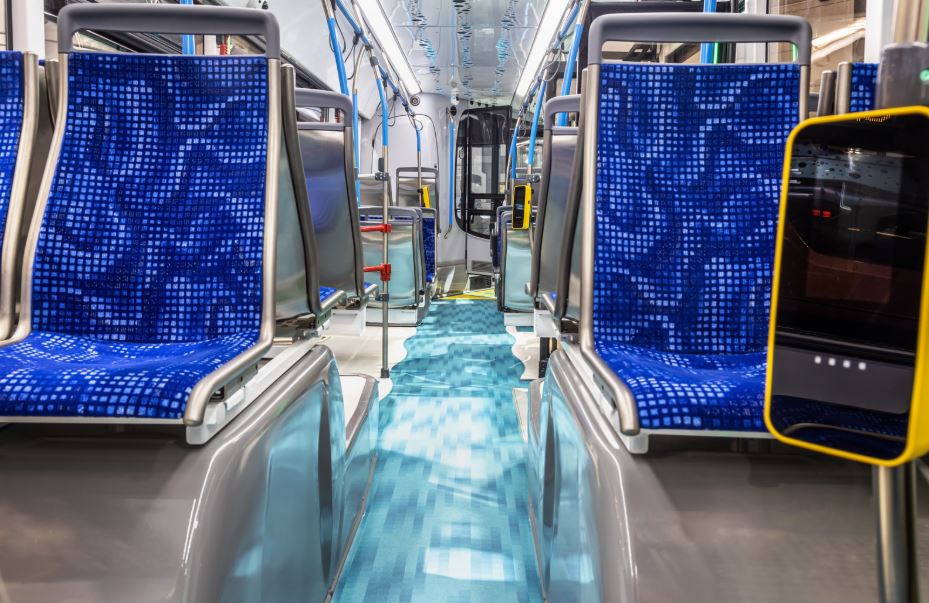As the EU navigates its ambitious climate goals, Poland’s initiative to enhance its electric public transportation infrastructure by installing electric bus charging stations represents a significant step forward.
The Polish construction project, categorized under 116014-2025, targets the development of a robust charging infrastructure, alongside the delivery and deployment of these stations specifically for utility operator PKA Sp. z o.o.
According to recent EU public procurement data, these developments are part of a broader effort aligned with the European Green Deal’s sustainability targets. However, the path to electrification is fraught with challenges. A primary issue lies in the deployment scale needed to accommodate the existing fleet of buses transitioning from diesel to electric. Industry experts note that the scale of infrastructure rollout must be carefully managed to avert potential bottlenecks in public transport services.
Critical to this project’s success is the integration and synchronization of newly developed charging stations with the existing grid infrastructure. Recent studies indicate that the current electric grid capabilities in Poland require significant upgrades to meet the additional load presented by mass electric vehicle charging. The Polish government, supported by EU funds, is expected to prioritize grid enhancements to ensure a stable and reliable energy supply for these charging stations.
The financial implications also present a substantial hurdle. The capital investment required for such large-scale infrastructure upgrades, along with procurement and installation of state-of-the-art charging stations, could strain local budgets. Analysts suggest that public-private partnerships, alongside EU financial assistance, could be the solution to these economic challenges.
Stay updated on the latest in energy! Follow us on LinkedIn, Facebook, and X for real-time news and insights. Don’t miss out on exclusive interviews and webinars—subscribe to our YouTube channel today! Join our community and be part of the conversation shaping the future of energy.





